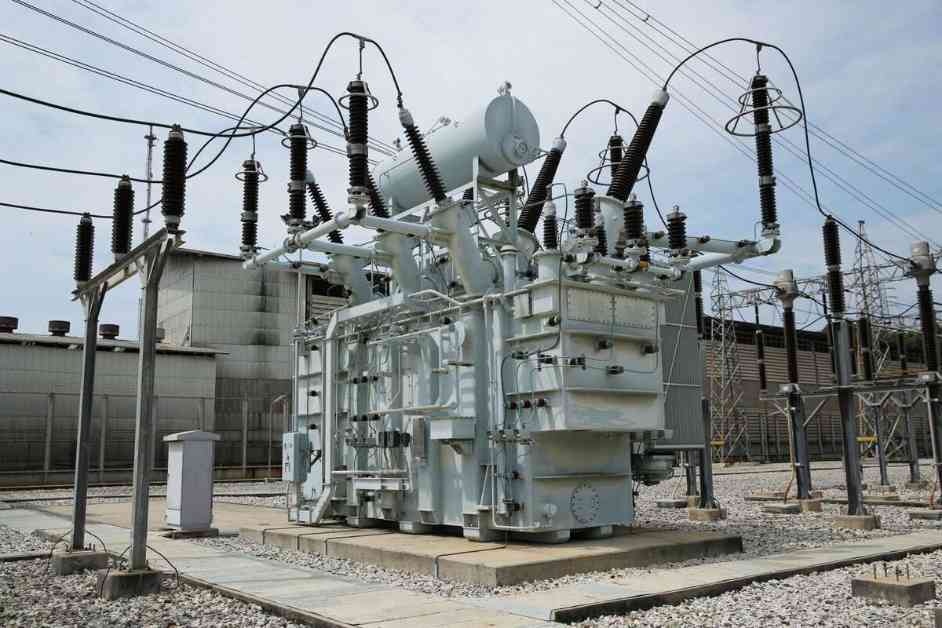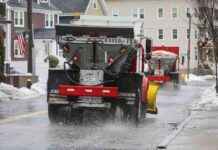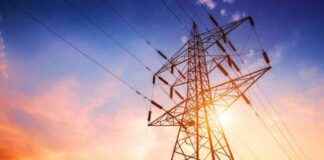Improving Grid Resilience: Effective Solutions for Fragility
The grid is the backbone of modern society, providing power to homes, businesses, and essential services. But what happens when that backbone starts to crack under the strain of increased demand and aging infrastructure? This is the dilemma facing Texas, a state known for its extreme weather and rapidly growing population.
The Challenge at Hand
As Texas’s population and business sectors continue to expand, the strain on the grid becomes more apparent. Peter Zeihan, a Geopolitical Strategist, warns that the demand for power will outpace the grid’s capacity, leading to more frequent brownouts and blackouts. This was starkly illustrated in 2021 during Winter Storm Uri, when mass blackouts caused loss of life and extensive property damage.
The aftermath of the storm saw a flurry of activity, with utilities and the Electrical Reliability Council of Texas (ERCOT) facing scrutiny and reorganization. Yet, the underlying issue remains unresolved, with warnings of potential power disruptions continuing to loom over the state.
Solutions in Motion
Building up capacity in both generation and transmission is seen as a critical step in addressing the grid’s fragility. However, the debate over which methods to use – natural gas, coal, nuclear, wind, geothermal, solar, or batteries – often leads to gridlock. The grid’s design, rooted in a century-old framework, struggles to keep pace with modern demands, akin to trying to launch rockets with a team of horses.
Real Solutions Breed Real Benefits
To ensure a healthy, reliable, and resilient grid, innovative solutions are needed. Circuit-level load shedding, soft start management, and real-time data collection are key components in enhancing grid performance. By prioritizing critical circuits and managing power usage effectively, consumers can mitigate the impact of power shortages and reduce property damage.
Additionally, addressing energy theft through advanced monitoring systems can save consumers money and improve overall grid efficiency. While concerns about privacy may arise, clear communication and opt-out options can alleviate these worries and ensure widespread adoption of new technologies.
Adoption and Deployment
Engaging utilities in the deployment of these solutions is crucial for their success. Transforming traditional business models and embracing new practices will be essential in modernizing the grid and ensuring its long-term viability. By investing in scalable deployment across markets and securing funding from private and public sources, Texas can avoid the looming crisis and build a grid that meets the needs of its growing population.
By taking bold action now, Texas can avoid future disasters and create a grid that not only sustains but thrives. The road ahead may be challenging, but the rewards of a safe, reliable, and resilient grid are well worth the effort. Let’s work together to power our communities and businesses into the future.














